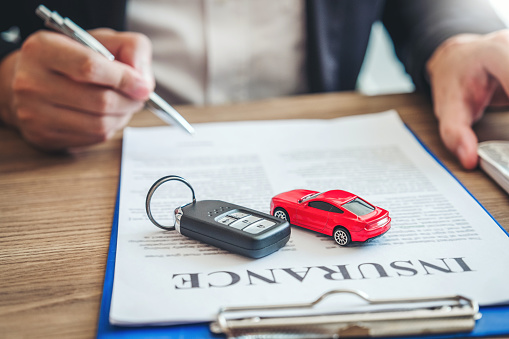Every year, you need to renew your car insurance. Everyone in the UK must have car insurance in order to drive legally. But, one thing many people are guilty of is simply renewing their current policy without reviewing it. This is a huge mistake and one that can lead to paying more than you need to. Plus, your coverage can change, and you don’t find out until you need to make a claim. In particular, people don’t pay attention to the excess they’ll pay.
The key is to tailor your car insurance excess to your needs. Indeed, every driver is going to be different. Here’s a guide to help you make a good decision.
Understanding Car Insurance Excess
So, what on earth is car insurance excess? Well, it’s the amount you agree to pay out of your own pocket when you make a claim. It’s like splitting the bill with your insurance company. Many people want to know if they have to pay an excess. You can read this post to find out more.
Know that you get to decide how big or small your slice of the pie is. And that, dear readers, is where the art of tailoring your excess comes into play.
Different Driver Profiles
There are many drivers on the road. Each of their needs are slightly difference, which can affect the car insurance they choose. Here are some different driver profiles and the excess that will be beneficial.
Young Drivers
First up, our fearless young drivers. You’ve just earned your wings on the road, and you might be wondering, “How does excess fit into this adulting thing?” For you, a higher excess might mean lower premiums, but it’s a bit like tightrope walking – thrilling but risky. Know that young drivers are more likely to be involved in an accident. Thus, it can actually be beneficial to have a lower excess and pay more in monthly premiums.
Experienced Drivers
Now, onto the seasoned pros. You’ve weathered a few storms, and your driving history might just be your secret weapon. Your experience could be your ticket to a different excess strategy. Because, let’s be honest, you’ve earned some perks on the asphalt. You might decide that you’ve proven you’re a safe driver. If you’ve not had any claims to make previously, you might decide that a higher excess is better for your situation.
Senior Drivers
For our silver foxes behind the wheel, there’s a different set of considerations. First, you do have experience on the road. If you’ve been safe for many years and haven’t been involved in accidents, you might decide that a higher excess fits the bill. You benefit from lower premiums and you may have the savings to deal with the higher excess. But, if you’re starting to lose confidence on the road with your age, it may be beneficial to choose a lower excess for peace of mind.
Factors Influencing Excess Choices
There are going to be even more factors to consider before making your decision. You need to think about the big picture and everything that’s involved with your car insurance. So, here are some factors to bear in mind.
Financial Considerations
Now, let’s talk money. How does excess impact your wallet in the long run? You’ll need to break down the financial side of things, helping you see beyond the upfront costs and understand the true value of your excess choice.
Risk Tolerance
Risk, it’s like the spice of insurance life. You’ll need to think about the concept of risk tolerance and how different driver profiles might sway the scales. Not everyone enjoys living on the edge, especially when it comes to insurance.
Your Preference
Some people have preferences when it comes to car insurance. For example, they may feel more confident with a lower excess and they know they don’t have a lot to pay if they want to make a claim. Some people would rather benefit from the lower monthly premiums and deal with a bigger bill if it happens. Think about what you feel more comfortable with.
Conclusion
In a nutshell, tailoring your excess is like finding the right pair of driving gloves – it should fit just right. We’ve taken you on a journey through the excess landscape, exploring the ins and outs of different driver profiles. Remember, there’s no one-size-fits-all solution. Take a moment, assess your driver profile, and make a choice that suits your journey on the open road.

